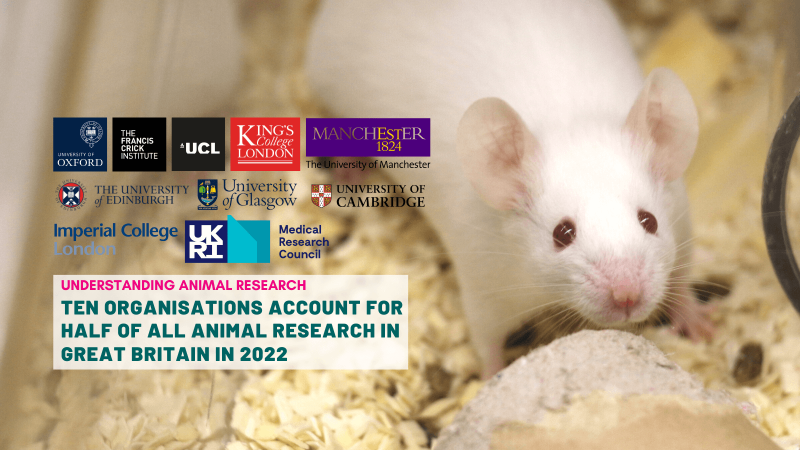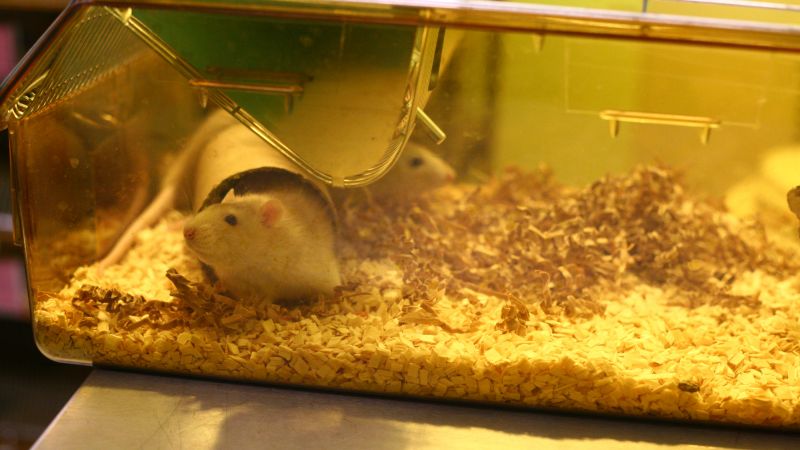A blue dye – similar to that used in M&Ms and liquorice allsorts – can help protect rats' crushed spinal cords from further damage. Spinal cord injuries often become worse a few days after the initial damage.
Previous studies with rats have shown that this secondary damage is due to the action of a molecule called ATP, which is responsible for transporting energy around the body. After injury ATP swamps the area, over-stimulating the nerve cells, stressing them and eventually killing them. Previous attempts at blocking the ATP receptors have been successful, but the steroid used is toxic to the heart. It is also too big to cross the 'blood-brain barrier', so must be injected directly into the spinal cord.
Scientists discovered that the blue food dye, called Brilliant Blue G, had a similar structure to other ATP receptor blockers, but had the advantage of being smaller. They injected the dye into rats with spinal cord injury and saw that the rats could move their back legs after 10 days, and some were able to walk again after six weeks.
The compound has already passed rigorous testing for food safety. In this study the researchers saw no signs of toxicity, although it did temporarily turn the rats' eyes and skin blue. It is still unclear whether the dye will work in humans, and it is likely that a much larger dose will be needed. However, this is an important step towards developing therapies for spinal cord crush injury.
Related link: AnimalResearch.info on spinal cord injury
Last edited: 29 July 2022 10:25



